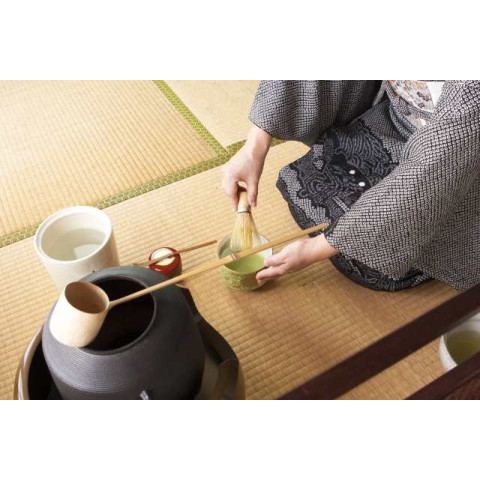
The Japanese Tea Ceremony
The Japanese tea ceremony, known as *sadō* or *chadō* (茶道), translates to "the way of tea." It is a traditional ritual influenced by Zen Buddhism, where powdered green tea, called matcha, is ceremonially prepared and served to guests. The practice is more than just a tea-making method; it embodies a deep spiritual and aesthetic philosophy.
The origins of the tea ceremony can be traced back to the 9th century when Buddhist monks brought tea to Japan from China. It gained prominence in the 16th century, significantly shaped by the influential tea master Sen no Rikyū. His principles of simplicity and rusticity still underpin modern practice.
Four fundamental principles guide the tea ceremony:
1. Wa (和): Harmony – creating a peaceful environment and a harmonious relationship among participants.
2. Kei (敬): Respect – showing profound respect to everyone and everything involved in the ceremony.
3. Sei (清): Purity – maintaining cleanliness in both the physical and spiritual sense.
4. Jaku (寂): Tranquility – achieving a serene and calm state of mind.
The concept of *ichigo ichie* (一期一会), meaning "one time, one meeting," emphasizes the uniqueness of each tea gathering, encouraging participants to treasure the moment.
Tea Room (茶室, chashitsu): A small, specially designed room, typically around 4.5 tatami mats in size, creating an intimate and tranquil space.
Utensils (茶道具, chadōgu): Essential tools include the tea bowl (茶碗, chawan), tea whisk (茶筅, chasen), tea scoop (茶杓, chashaku), and the tea caddy (茶入れ, chaire).
The Tea Gathering
A typical tea ceremony involves several stages:
1. Invitation: Guests receive a formal invitation to the tea ceremony.
2. Preparation: The host meticulously prepares the tea room and the utensils.
3. Greeting and Purification: Guests are welcomed and engaged in a ritual purification, often washing their hands and mouth.
4. Tea Preparation (点前, temae): The host carefully prepares the matcha, following precise and graceful movements.
5. Serving and Drinking: The tea is served to each guest in turn, who then admires and appreciates the tea bowl before drinking.
6. Conversation and Appreciation: After drinking, guests may discuss the tea and utensils, expressing their gratitude and respect.
Participants often wear traditional Japanese clothing. Women typically wear kimono, while men wear hakama (a type of traditional trousers).
Learning the tea ceremony requires dedication and practice. Many people attend tea schools or take lessons from a certified tea master to understand the complex rituals, etiquette, and philosophy.
The Japanese tea ceremony is a profound cultural practice that offers insight into Japanese aesthetics, spirituality, and social etiquette. It emphasizes the beauty of simplicity, the value of respect, and the importance of being present in each moment. Whether you participate as a guest or learn to perform the ceremony, it is a unique experience that provides a deep appreciation for Japanese culture and the art of tea.
